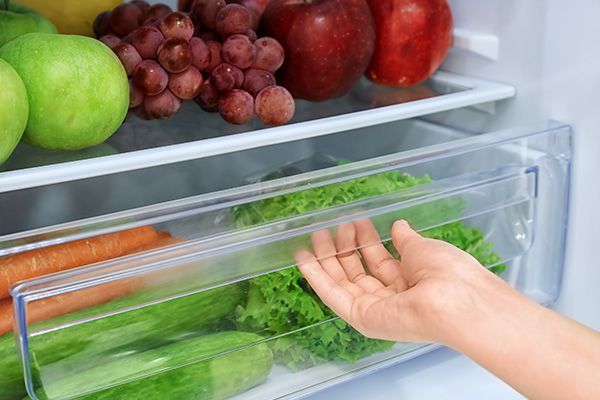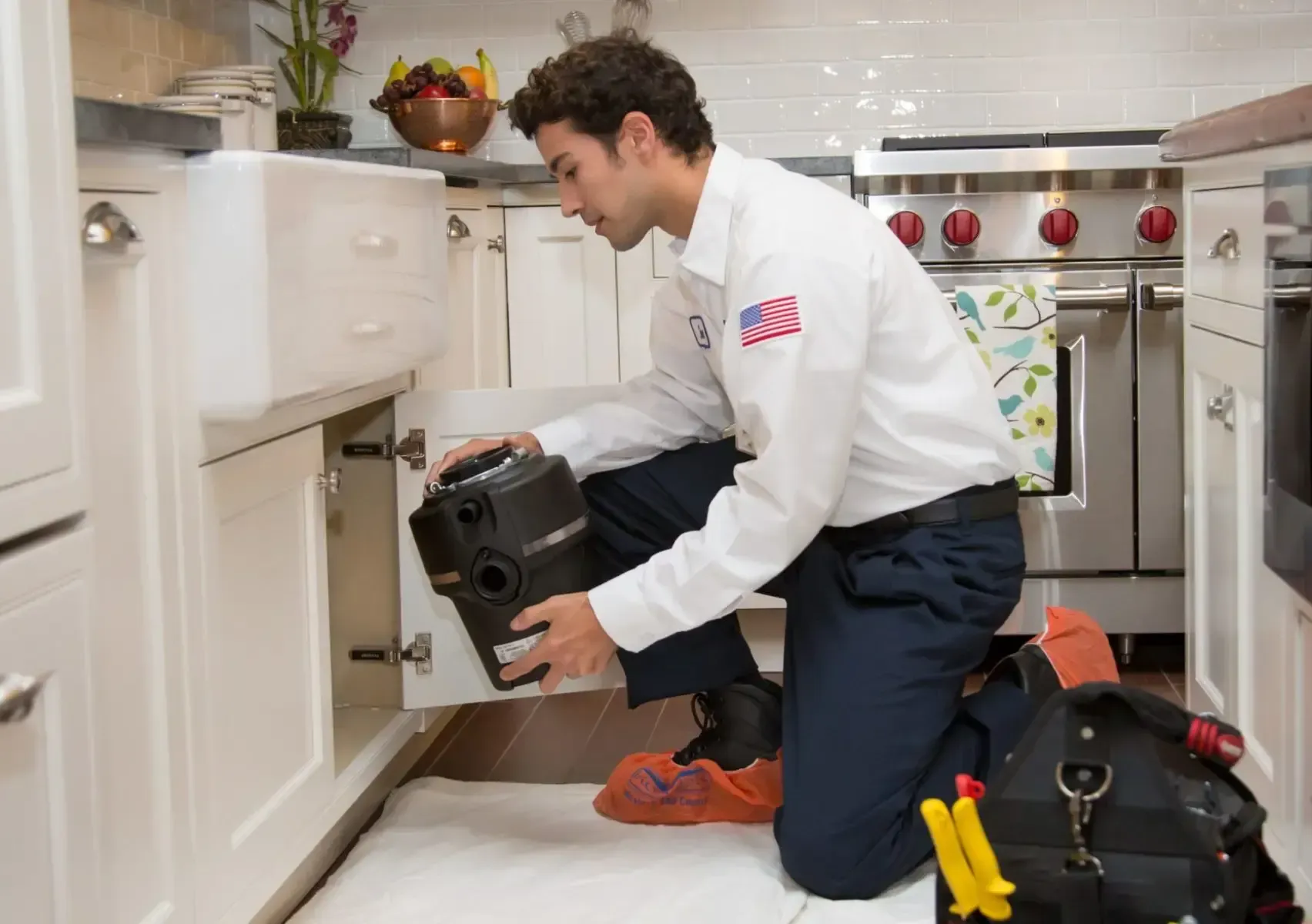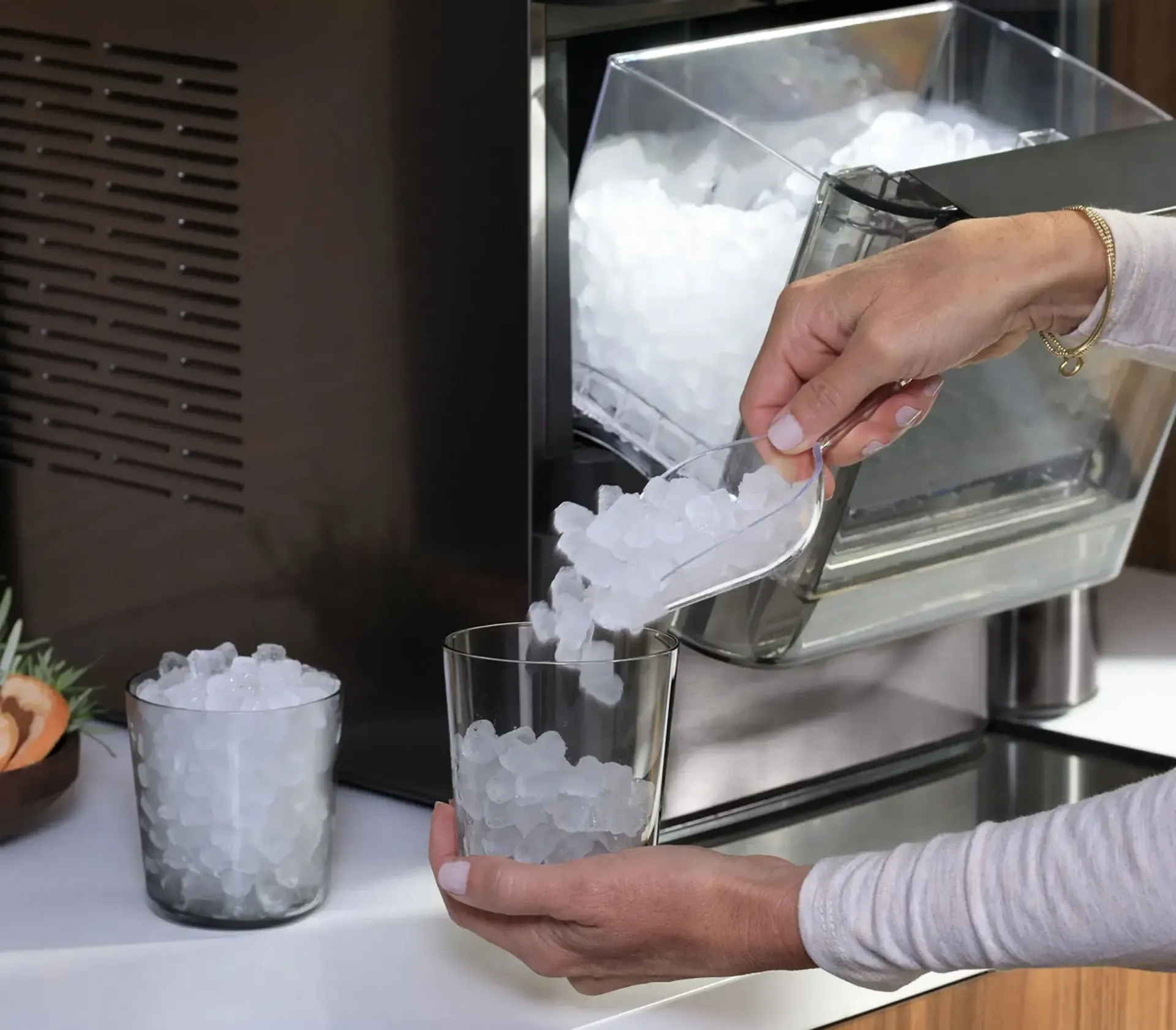Today, we’re diving deep into one of the most vital, yet overlooked aspects of the kitchen —the art of storing food in the fridge. With the right methods, you can elevate the lifespan and taste of your food, and even save a few bucks! So buckle up, because today we’re going to explore the best way to store food in the fridge.
Mastering the Art of Food Storage: The Best Way to Store Food in the Fridge
Let’s roll up our sleeves and dive into our tips on the best way to store food in the fridge. Whether you’re a seasoned chef or a kitchen newbie, you’re sure to pick up a few pointers that will turn your refrigerator into a haven of freshness and taste.
Where to Put Different Items in the Fridge
Think of your refrigerator as a microclimate ecosystem. Different sections have different temperatures, making them ideal for different types of food. For instance, the door is the warmest part, great for condiments but not for milk. The back is usually coldest, making it perfect for dairy products and meats. Let’s learn how to store food in the fridge from top to bottom here.
The Upper Shelves: The upper shelves of your fridge maintain the most consistent temperature. This makes them perfect for storing ready-to-eat, pre-cooked, and leftover foods. Keep them in airtight containers to maintain freshness.
The Lower Shelves: Down below, it’s colder. You want to store your raw meat, fish, and poultry here. Be sure to keep them sealed tight to prevent any juices from contaminating other foods.
The Crisper Drawers: These moisture-rich compartments are your fruits and vegetables’ best friends. However, not all fruits and veggies are compatible. Some fruits release ethylene gas, which can cause veggies and other fruits to spoil faster. So, keep your fruits and vegetables in separate crisper drawers.
The Door: The door is the warmest part of the fridge. It’s best to store condiments, juices, and other foods that are resistant to spoiling here. Keep dairy products out of the door area.

How to Store Different Foods in the Fridge
For your food to retain its taste and freshness, it’s crucial to store it properly. Here are some specific storage tips for various types of food:
Leftovers: Wondering how to store cooked food in the fridge? Pack leftovers in airtight containers. Remember to refrigerate within two hours of cooking. Your fridge should be at 40°F or below, and leftovers should be used within three to five days or frozen for up to four months. And don’t store leftovers in opened cans—it can give your food a metallic taste.
Dairy: It’s best to keep dairy products in the containers they come in. When you get fresh items, rotate older items to the front to use them before the expiration date. Milk should never be stored in the fridge door, which is typically the warmest part of the fridge.
Fruits and Vegetables: Leave refrigerated produce unwashed in its original packaging or loosely wrapped in a plastic bag. Room-temperature fruits and vegetables should be removed from the packaging and left loose. Once cut, store them in perforated or unsealed plastic bags in the fridge.
Meat, Fish, and Poultry: These items should be in the coldest spot in your fridge. Always keep these items in their store wrapping to avoid exposure to harmful bacteria.
Cleaning and Organizing Tips
Remember, the best way to store food in the fridge doesn’t just end with knowing where each food goes. Here are a few extra tips on cleaning and how to organize your fridge .
Regular Cleaning: Clean your fridge regularly to prevent odors and potential cross-contamination. A simple solution of warm water and baking soda can do wonders.
First In, First Out: This is a simple but often overlooked rule. Always consume older items first. Label and date your leftovers to keep track of what should be consumed.
Maintain Temperatures: Your refrigerator should be kept between 35 and 38 degrees Fahrenheit (or 1.5 to 3.3 degrees Celsius) for optimal freshness.
Don’t Overpack: Air circulation is important for maintaining a consistent temperature. Don’t overpack your fridge or your refrigerator won’t cool properly .
So, there you have it, the best way to store food in the fridge. With these tips, you can maximize your food’s lifespan, reduce waste, and most importantly, keep your food tasting as delicious as it should.
However, if you notice that your refrigerator isn’t keeping its temperature, or if it’s making strange noises, it might be time to call in a professional. That’s where we at Conner’s Appliance come in. We offer top-notch refrigerator service and repair to keep your fridge (and all your other appliances) running smoothly. Don’t hesitate to give us a call if you need a hand!



